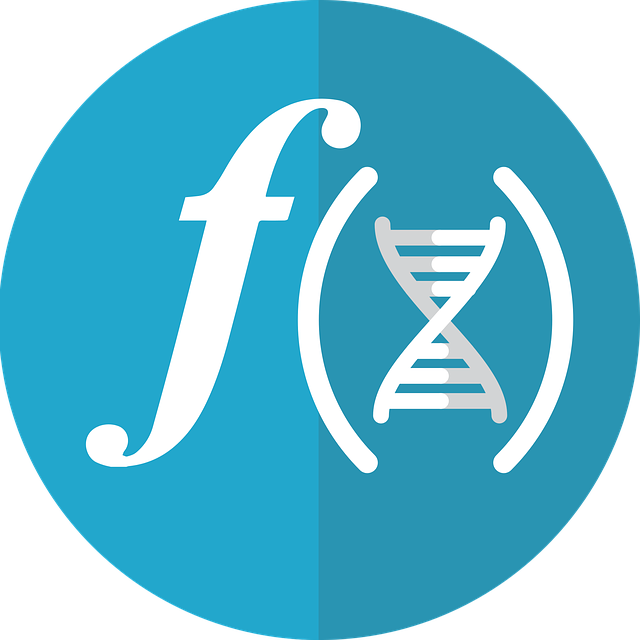Hexagonal in Go
· ☕ 6 min read · ✍️ t1
The hexagonal architecture, also known as the ports and adapters architecture, separates the business logic of an application from the infrastructure concerns, allowing the application to be tested and deployed in different environments.


